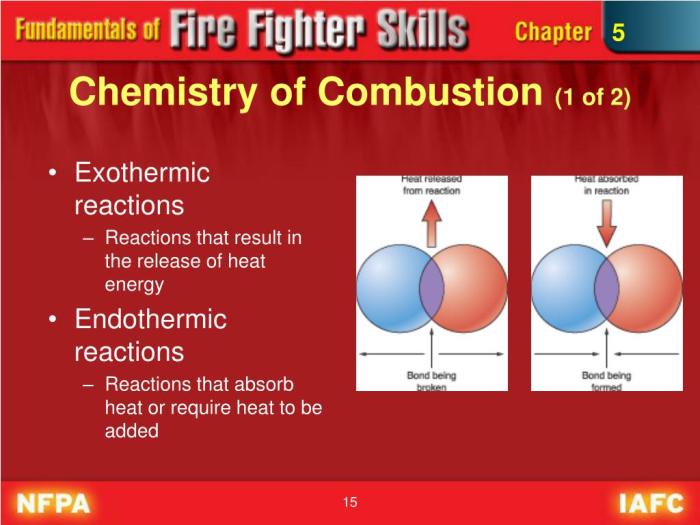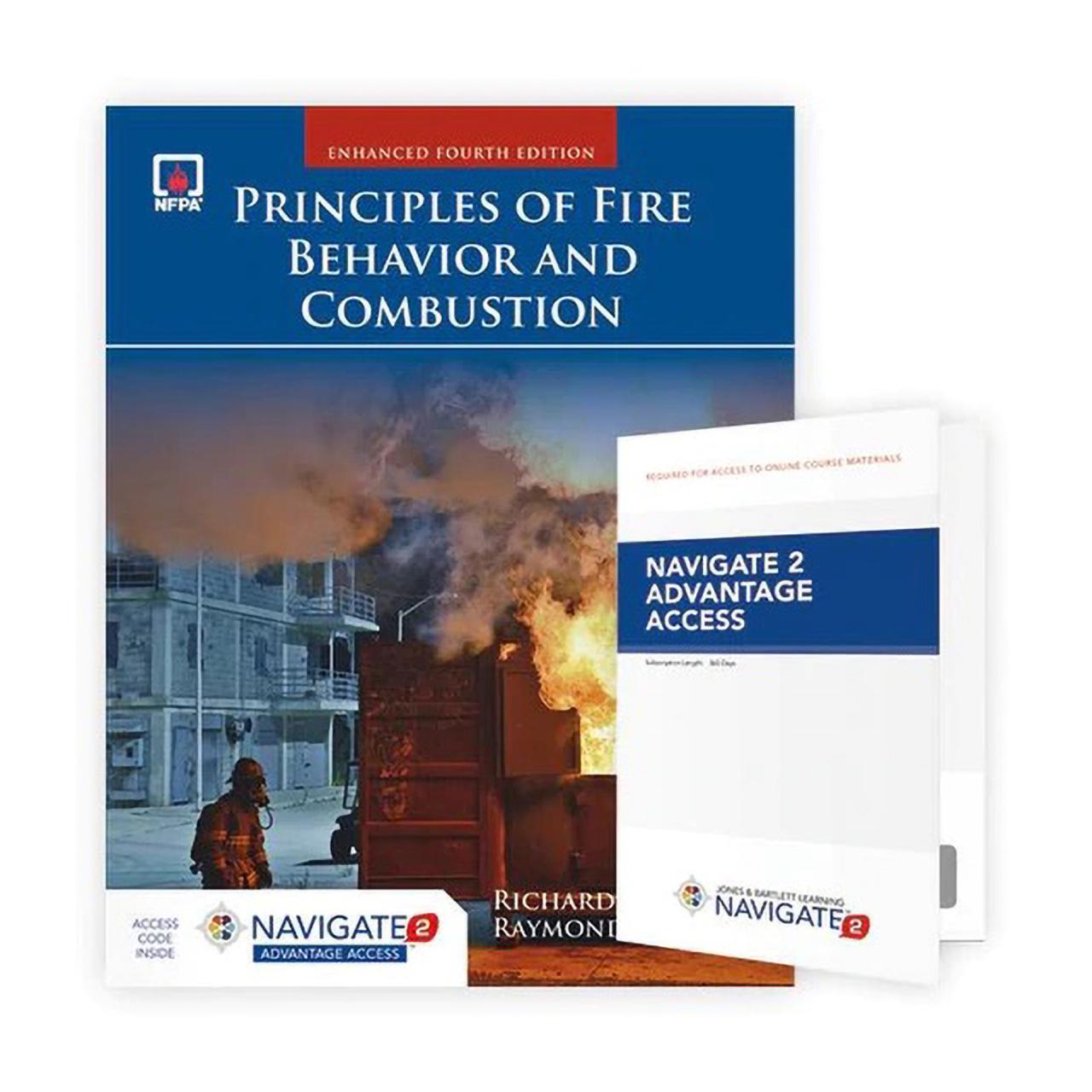Principles of fire behavior and combustion 4th edition – Introducing the fourth edition of Principles of Fire Behavior and Combustion, an authoritative and comprehensive guide to the fundamental principles governing fire behavior and combustion processes. This meticulously crafted text delves into the intricate relationship between fuel, oxygen, and heat, unraveling the mechanisms that drive combustion reactions and their impact on fire behavior.
Delving into the intricacies of fire dynamics, this edition provides a thorough analysis of factors influencing fire behavior, including fuel type, moisture content, and wind conditions. It explores the stages of fire development, shedding light on their influence on fire behavior and the techniques employed to predict and control it.
1. Combustion Fundamentals: Principles Of Fire Behavior And Combustion 4th Edition

Combustion, the rapid chemical reaction of a fuel with an oxidizer, is a complex process involving a series of physical and chemical changes. The three essential elements of combustion are fuel, oxygen, and heat.
Fuel is any substance that can undergo oxidation, releasing energy in the form of heat. Oxygen is the most common oxidizer, but other substances, such as chlorine and fluorine, can also support combustion.
Heat is necessary to initiate and sustain combustion. It provides the energy required to break the chemical bonds in the fuel and oxidizer, allowing them to react with each other.
The type of combustion reaction that occurs depends on the fuel and oxidizer involved. There are three main types of combustion reactions:
- Complete combustion occurs when the fuel reacts with sufficient oxygen to produce carbon dioxide and water vapor.
- Incomplete combustion occurs when there is insufficient oxygen to completely oxidize the fuel, resulting in the production of carbon monoxide and other products.
- Explosive combustion occurs when the fuel and oxidizer react very rapidly, producing a large amount of energy in a short period of time.
2. Fire Behavior

Fire behavior is the way a fire develops and spreads over time. It is influenced by a number of factors, including the type of fuel, the moisture content of the fuel, the wind conditions, and the topography of the area.
The different stages of fire development are:
- Ignition is the process by which a fire starts.
- Growth is the period during which the fire increases in size and intensity.
- Spread is the process by which the fire moves from one area to another.
- Decay is the period during which the fire decreases in size and intensity.
- Extinguishment is the point at which the fire is completely extinguished.
Fire behavior can be predicted and controlled using a variety of techniques, including:
- Fire modeling is a computer-based tool that can be used to simulate the behavior of a fire under different conditions.
- Fire weather forecasting is a service that provides information about the weather conditions that are likely to affect fire behavior.
- Firefighting tactics are the methods used to control and extinguish fires.
FAQ Summary
What are the key elements of combustion?
Combustion requires three essential elements: fuel, oxygen, and heat.
How does fuel type influence fire behavior?
Fuel type plays a significant role in fire behavior, affecting factors such as ignition temperature, rate of heat release, and smoke production.
What is the role of wind in fire development?
Wind can accelerate fire spread by providing oxygen and removing combustion products, influencing the direction and intensity of the fire.
